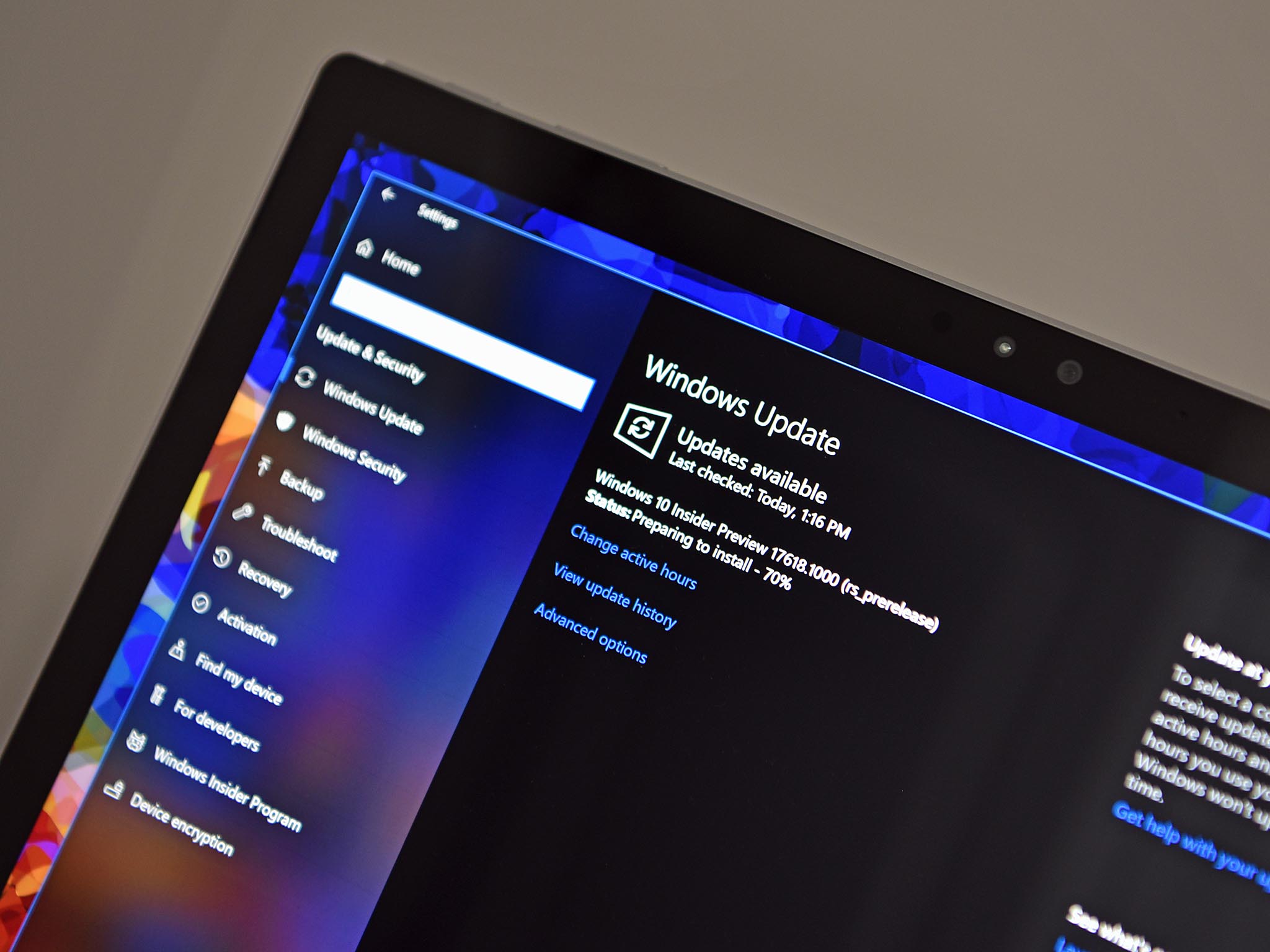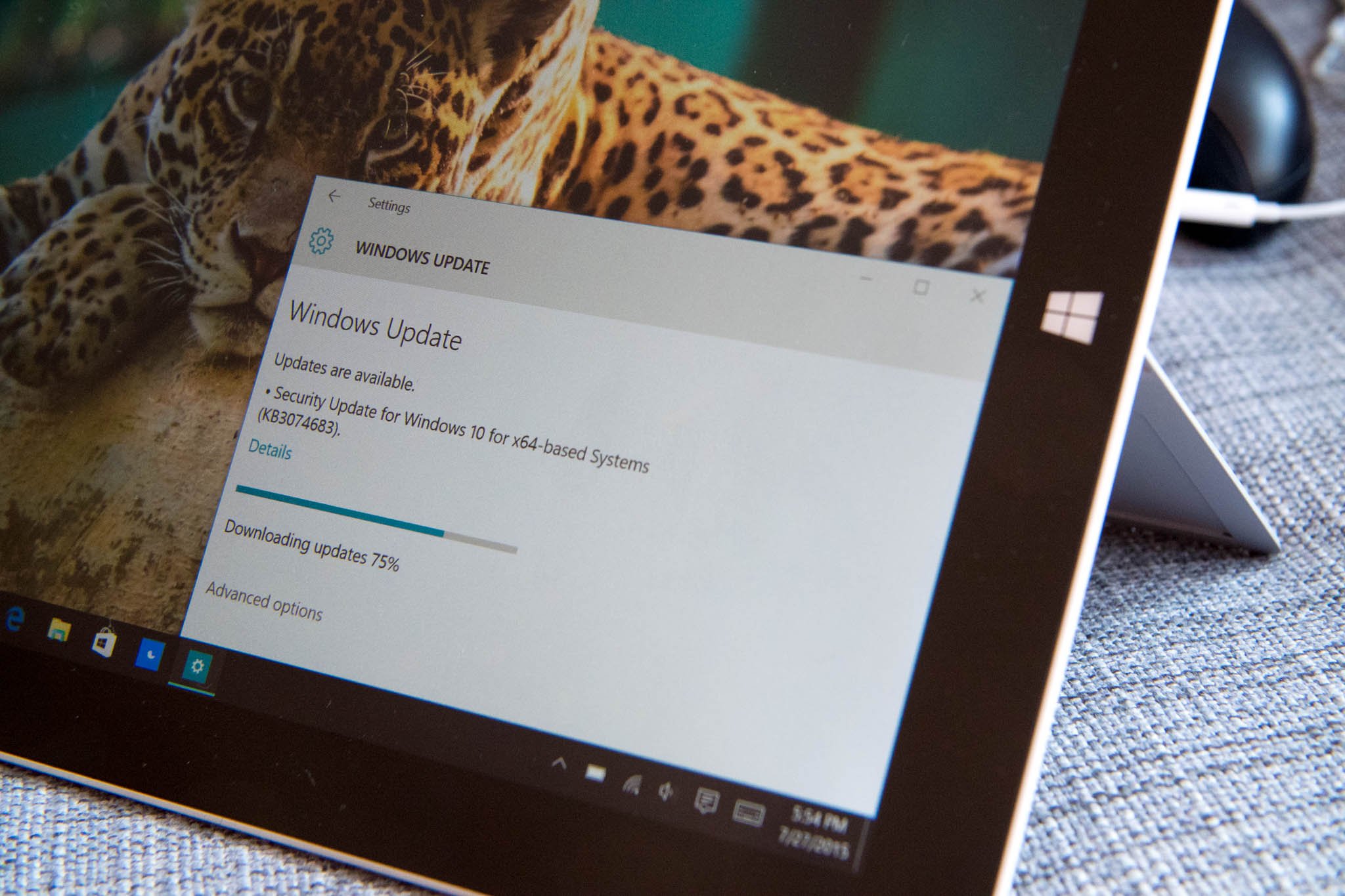Are two Windows 10 updates a year doing more to hurt users than help them?
Microsoft's latest feature update for Windows 10 doesn't paint a very good picture for Windows as a Service, so is it time to dial things back a bit?

Windows as a Service allows Microsoft to update Windows 10 on a regular basis with patches, security updates, and indeed new features. These new features arrive in the form of "major updates" that Microsoft has committed to releasing twice a year. While two major updates a year allows Microsoft to innovate and get new features out faster, it also causes a lot of headaches for the end-user.
Microsoft's latest feature update for Windows 10, known as the April 2018 update, has proven exceptionally problematic for a lot of users. Users across the web have been struggling with issues around dedicated GPUs, Bluetooth connectivity, notifications that wrongly alert the user of low storage, and a whole lot more. Of course, no update is perfect, but the April 2018 update seems much more buggy than previous feature updates to Windows 10 have been.
I've never suffered from any major issues with previous features updates, but with the April update I've hit numerous problems that have made using my PCs difficult or impossible. For example, my Surface Book 2 is suffering from constant lag when switching tabs or closing windows. It makes using the device almost impossible. I was originally also suffering from Bluetooth connection issues on my Surface Studio, but those issues have now been resolved.
it feels like Microsoft is struggling to ensure quality when building and testing new feature updates every six months.
Could releasing only one major update a year improve the quality of Windows 10 feature updates? With the April update, it feels like Microsoft is struggling to ensure quality when building and testing new feature updates, as it only has a limited time to do so. With one update a year, Microsoft would have double the time to build out and test a new feature update, which would help in ensuring a higher quality release when it comes to shipping.
Let's be honest, most users don't like updates. Users especially don't like updates on Windows, which are rather intrusive and require the user to restart way too often. Not only that, but restarting to install an update takes time, which users don't want to have to sit through and deal with. That, bundled with the fact that feature updates are becoming known for causing more problems than solving them, means users just don't want to deal with Windows as a Service.
One update or two?

Cutting back to one major update a year would make updates feel a little more significant and less of a hassle, which is good for users. It's not like Windows 10 users would be any less secure either, because with Patch Tuesday Microsoft keeps Windows 10 up to date anyway. The only downside to cutting back to one release a year would be that it means Microsoft and users have to wait longer for a new feature to show up.
Moving to one major update a year would make updates more significant and less of a hassle.
That becomes problematic if Microsoft is unable to ship a feature in time for release. Right now, if a feature misses its deadline, it's only another six months before that feature is shipping for users to enjoy. Cutting back to one update a year would mean it's a whole 12 months before that feature is rolling out to users. But, would that be so bad in the grand scheme of things? Most users really don't care. The only users that do care are Insiders, who can get new builds early anyway.
Get the Windows Central Newsletter
All the latest news, reviews, and guides for Windows and Xbox diehards.
I really think that Microsoft needs to focus on improving the reputation of Windows as a Service rather than forcing users to get used to it via frequent updates. Ensure these updates are stable, more so than the current releases, and make people excited about new feature updates again. I really think one major update to Windows 10 a year is enough. It's common enough so that new features show up in a timely manner, but not too common in that it becomes a nuisance.
It also gives Microsoft more time to make sure a feature update is stable, with as little bugs as possible. And that's the most important part.

